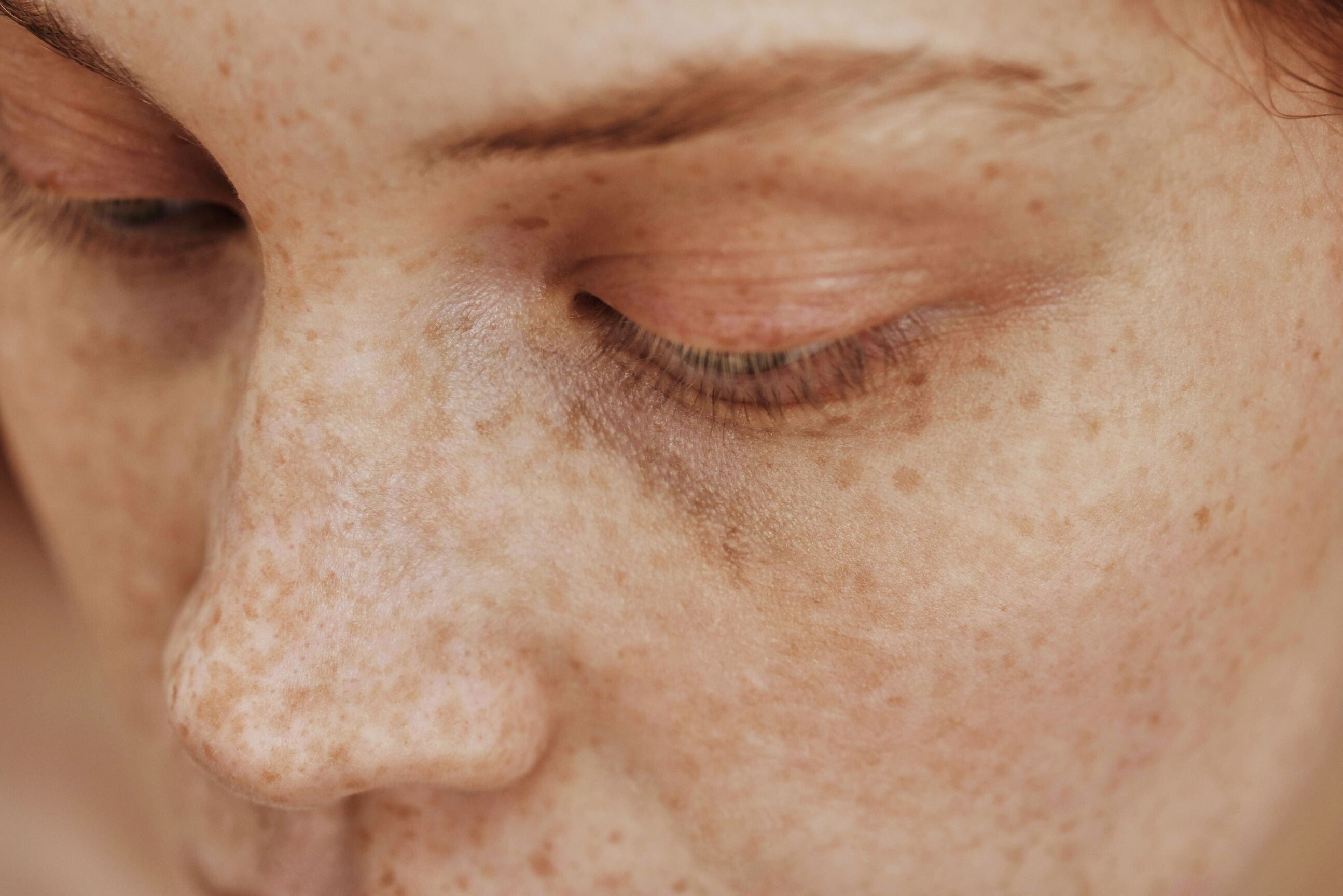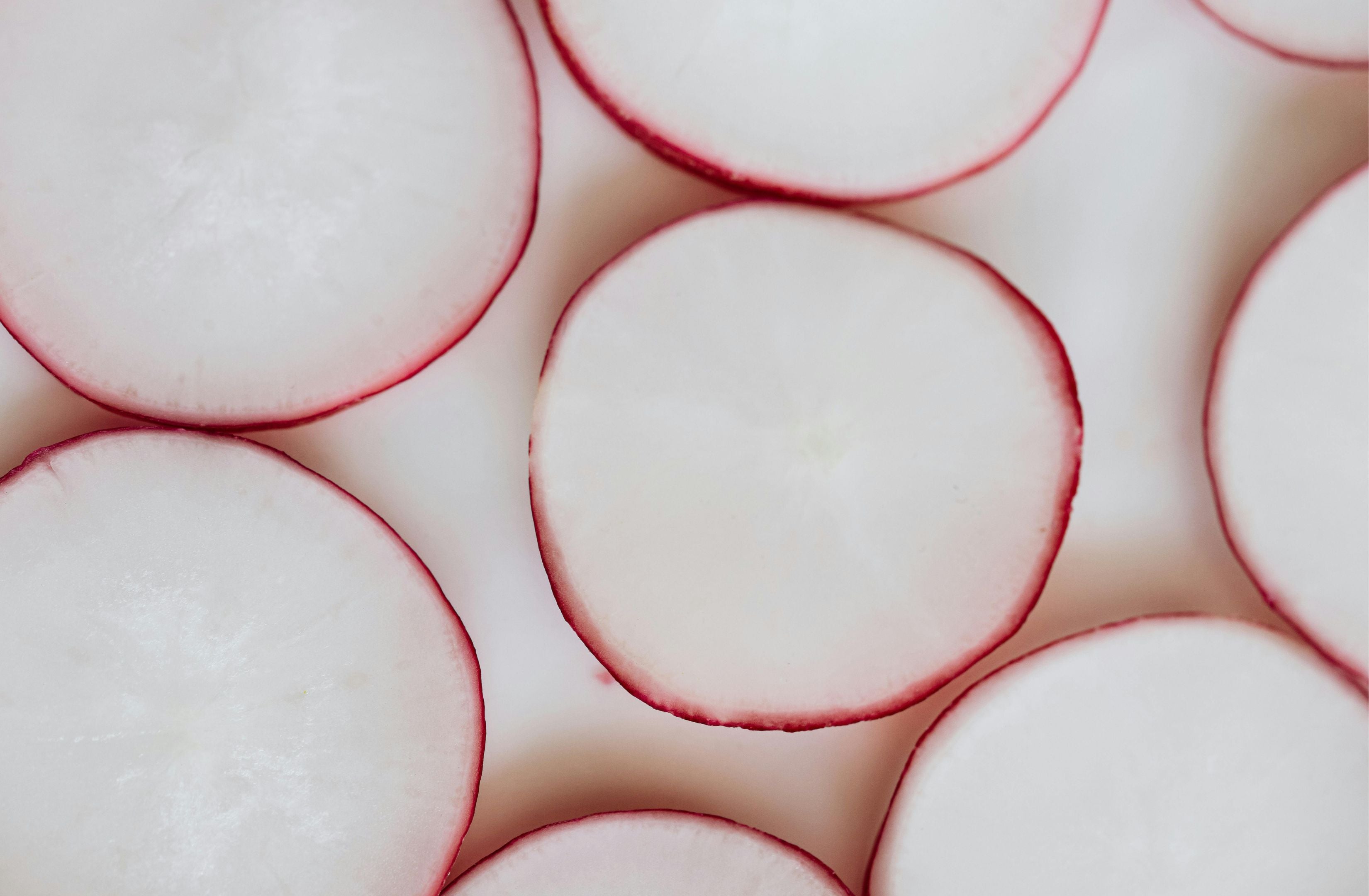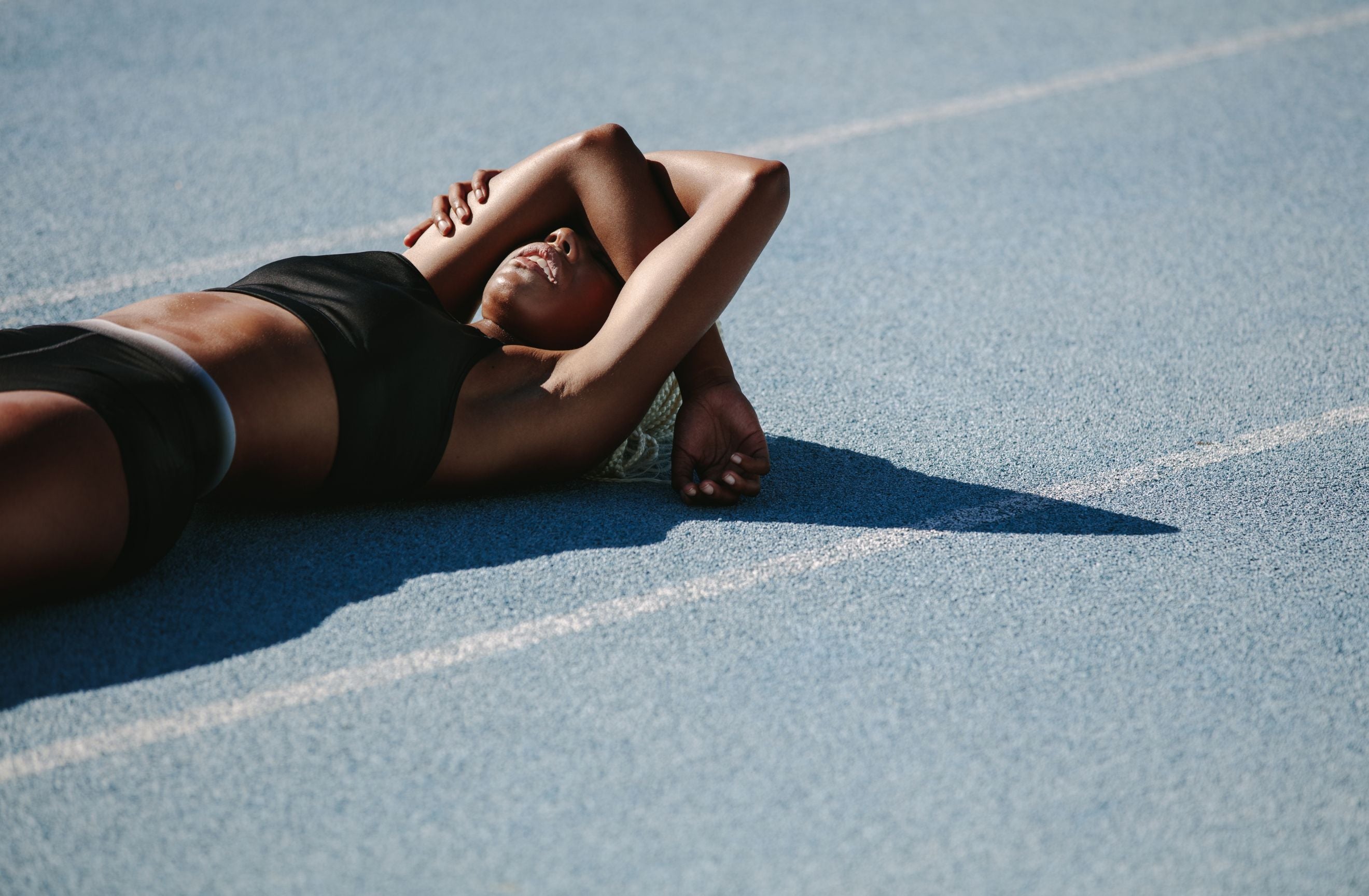
FACE YOGA: DOES IT REALLY WORK?
In a world where billions are spent annually to combat ageing, could a simple, natural technique hold the secret to youthful skin? Face yoga, an alternative practice, is gaining momentum among beauty enthusiasts—promising results without needles or surgery.
In this article, we will explore what face yoga is, the research behind its claimed benefits, and the potential risks associated with it. If you prefer a quick read, there's a handy summary waiting for you at the end of the article.

WHAT IS FACE YOGA AND HOW DOES IT WORK?
As skin ages, key structural components like collagen, elastin, and glycosaminoglycans (GAGs)—which are essential for maintaining hydration and elasticity—diminish or become irregular. This degradation underpins many anti-ageing strategies aimed at preserving or restoring these vital elements [3]. Face yoga offers a natural approach to this challenge by using targeted exercises that tone, strengthen, and relax facial muscles, promoting a youthful appearance. These exercises, often accompanied by gentle pressure or massage, can stimulate collagen and elastin production. Given that facial ageing often stems from a loss of fat and muscle mass, face yoga may improve skin appearance by encouraging underlying muscle growth [2,3].
Furthermore, face yoga may benefit the skin through enhanced tissue regeneration and improved waste drainage via increased lymphatic and blood circulation. Simultaneously, as the facial exercises stretch and stimulate the tissue, this mechanical action promotes better glucose utilisation and metabolism within the cells. This, in turn, reduces the production of advanced glycation end products (AGEs)—harmful compounds that accelerate tissue ageing [4]. If you want to learn more about glycation, read our article UNDERSTANDING GLYCATION: A CULPRIT IN AGEING TISSUE.
WHAT DO STUDIES SAY ABOUT FACE YOGA?
A study examining the effects of a 30-minute daily or alternate-day facial exercise programme over 20 weeks found modest improvements in the facial appearance of middle-aged women. Results included significant enhancements in upper and lower cheek fullness, with the average perceived age of participants decreasing from 50.8 years at the start of the study to 48.1 years after 20 weeks. Despite this modest finding, participants reported high satisfaction, noting significant improvements in 18 out of 20 facial features, including forehead, neck, mid-face, under-eye, and lip wrinkles [1].
In a separate review of nine studies, positive outcomes were reported in every case, including fewer wrinkles, reduced facial sagging, improved facial symmetry and movements during chewing, swallowing, and speaking [5].

LIMITATIONS OF THE FACE YOGA STUDIES
But is the science really as strong as it sounds? Most studies have been small in scale, often involving single case reports, small case series, or designs lacking robust scientific rigour, such as single-group pretest-posttest studies—a type of research where participants are assessed before and after an intervention without a control group for comparison. This means it’s challenging to determine the true impact of the intervention, as there’s no baseline to measure against. A control group, which does not receive the intervention, is crucial for comparing outcomes and determining whether the changes observed are actually due to the intervention or other factors.
A major drawback is the absence of randomisation, which is also essential for validating the effectiveness of any treatment. Additionally, many studies used opinions rather than objective measures, with results judged by the people running the study or those taking part, often without any attempt to prevent bias.
To gain wider acceptance, face yoga needs standardised exercises and an established optimal duration for effective results. Further research is also necessary to explore the effects of face yoga both as an independent treatment and in combination with existing anti-ageing strategies [4,5]. In summary, while initial studies show promise, the evidence is still developing.
RISKS OF FACE YOGA
However, incorrect techniques in face yoga can lead to adverse effects. Experts warn that repetitive movements, particularly the repeated contractions of facial muscles, can cause or worsen wrinkles, especially when combined with the natural loss of elastin and collagen due to ageing. Exercises that involve frequent folding of the skin might actually increase wrinkle formation instead of reducing it. Additionally, excessive manipulation or over-massaging of the skin may decrease elasticity, leading to more pronounced wrinkling and sagging[4].

CAN REGULAR YOGA ALSO BENEFIT THE SKIN?
Yes, practising yoga regularly can improve skin health by boosting antioxidant levels and reducing inflammation. Chronic inflammation can cause issues like acne, eczema, and premature ageing by breaking down collagen and impairing skin repair. Managing inflammation is essential for healthy skin.
Yoga activates important genes like glutathione peroxidase, catalase, and superoxide dismutase, which protect cells from damage and neutralise harmful substances. It also enhances the expression of stress response genes like hsp70, helping the body manage stress and reduce cellular damage [6].
Yoga upregulates genes like COX-2 (involved in inflammation) and BCL-2 (prevents cell death), enhancing immune function and reducing inflammatory markers like TNF-alpha and IL-6. These changes improve skin health by boosting its repair capacity and resilience [3].
FINAL THOUGHTS
Face yoga presents a promising, natural approach to maintaining a youthful appearance, but its effectiveness is still under study. While initial findings suggest that facial exercises can improve muscle tone and reduce signs of ageing, more rigorous scientific research is needed to confirm these benefits. It is important to be cautious and ensure you are familiar with the correct technique, as frequent folding of the skin, excessive manipulation, or over-massaging may actually increase wrinkle formation rather than reduce it. Until further evidence is available, face yoga can be viewed as a complementary practice to other skincare routines, offering potential benefits with minimal risk.
SUMMARY
How It Works:
- Facial Muscle Stimulation: Face yoga involves targeted exercises that tone, strengthen, and relax facial muscles, which can stimulate collagen and elastin production.
- Improved Circulation: These exercises enhance blood and lymphatic circulation, aiding in tissue regeneration and waste removal.
Possible Benefits:
- Natural Anti-Ageing: Helps reduce signs of ageing like wrinkles and sagging without invasive treatments.
- Enhanced Skin Elasticity: Stimulates collagen and elastin production, improving skin firmness and elasticity.
- Improved Circulation: Promotes healthier skin by enhancing blood flow and lymphatic drainage.
- Stress Management: The relaxation aspect of face yoga may contribute to overall skin health by reducing stress.
Risks:
- Worsening Wrinkles: Incorrect techniques or repetitive facial movements may worsen wrinkles, especially with age-related collagen loss.
- Decreased Skin Elasticity: Over-manipulation or excessive massaging of the skin might lead to reduced elasticity and increased sagging.
- Potential Overuse: Frequent skin folding during exercises may contribute to wrinkle formation rather than reducing it.
Limitations:
- Lack of Scientific Rigour: Current studies on face yoga are small-scale and often lack robust scientific design, such as control groups and randomisation.
- Subjective Measures: Many studies rely on participant self-assessment, which can introduce bias.
- Need for Standardisation: No standardised set of exercises or optimal optimal duration has been established, making it difficult to assess consistent results.














Leave a comment
This site is protected by hCaptcha and the hCaptcha Privacy Policy and Terms of Service apply.